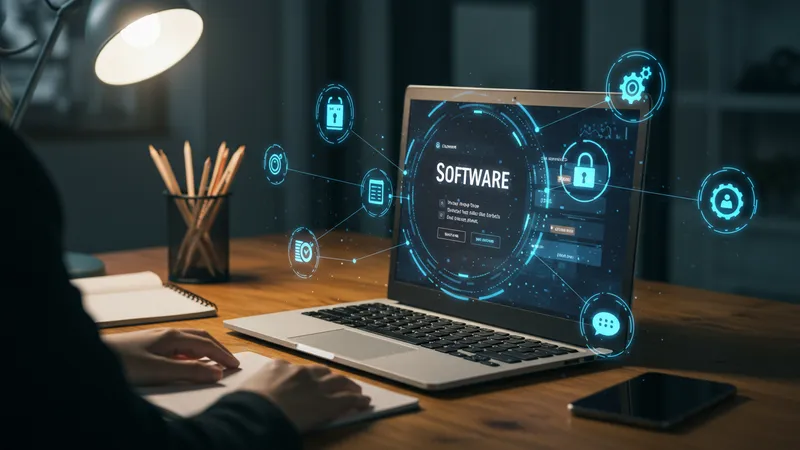
Expand Your Reach With Smart OEM Software Bundling Solutions
Key Advantages of OEM Software Bundling Solutions
One of the most prominent benefits of OEM software bundling is rapid expansion into new user bases. Instead of spending extensive resources on acquiring individual customers, software developers ride alongside hardware sales, tapping into pre-existing customer relationships. This synergy streamlines the onboarding process, especially in competitive markets where first impressions and ease of access are critical factors for adoption.

Another significant advantage is the elevation of perceived product value. When a user purchases a device that arrives with premium tools or enhanced security already installed, their sense of satisfaction and trust in both brands increases. Over time, this translates to higher engagement rates and positive feedback—key drivers in sustaining a robust brand reputation in a tech-savvy audience.
Data gathered from bundled products also delivers unique insights. For instance, by analyzing usage patterns from Microsoft Office Suite on HP devices, both companies gain actionable intelligence about what features matter most to real users. These analytics guide further product development and allow for more finely-tuned marketing campaigns that speak directly to the end-user’s needs.
Ultimately, OEM bundling fosters lasting business relationships. Long-term contracts, like Dropbox’s partnerships with global hardware brands, often pave the way for deeper strategic alignment, joint product launches, and shared marketing resources. This collaboration can fuel mutual growth and innovation, creating a virtuous cycle that extends well beyond the initial integration.